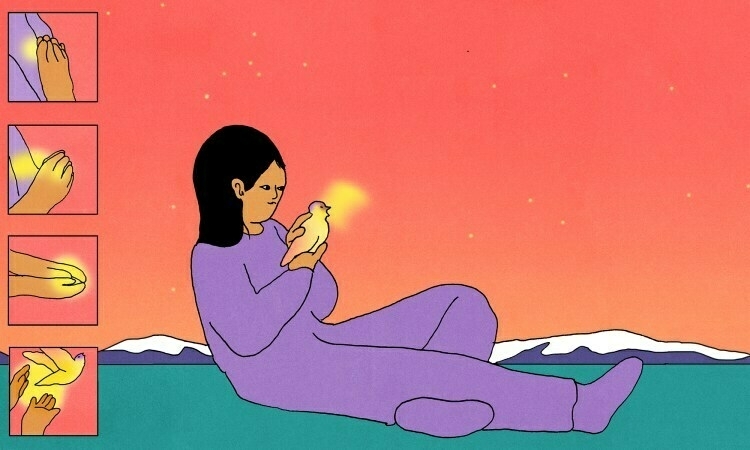On the importance of fluency in other people's love languages
I was talking to someone yesterday about ‘love languages’ which they hadn’t come across before. It’s easy to dismiss these kinds of things, but I’ve found this approach quite insightful when it comes to identifying people’s needs in relationships.
I’m not going to talk about other people’s love languages, but in my experience most people appreciate expressions of love (whether romantic or platonic) in two out of the five ways. For example, I’m all about words of affirmation (#1) and gifts (#3). That’s what I give out by default because that’s what I like to take in.
The reason the love languages approach is helpful is to realise that others might need something different to what you by default offer them. This particular article on the TED website is interesting because it was written during pandemic lockdowns and so gets creative with ways in which they can be expressed at distance.

What I find so helpful about love languages is that they express a basic truth. Implicit to the concept is a common-sense idea: We don’t feel or experience love in the same way. Some of us will only be content when we hear the words “I love you,” some prize quality time together, while some will feel most cared for when our partner scrubs the toilet.Source: Do you know the 5 love languages? Here’s what they are — and how to use them | TEDIn this way, love is a bit like a country’s currency: One coin or bill has great value in a particular country, less value in the countries that border it, and zero value in many other countries. In relationships, it’s essential to learn the emotional currency of the humans we hold dear and identifying their love language is part of it.
Love language #1: Words of affirmation
Those of us whose love language is words of affirmation prize verbal connection. They want to hear you say precisely what you appreciate or admire about them. For example: “I really loved it when you made dinner last night”; “Wow, it was so nice of you to organize that neighborhood bonfire”; or just “I love you.”[…]
Love language #2: Acts of service
Some of us feel most loved when others lend a helping hand or do something kind for us. A friend of mine is currently going through chemotherapy and radiation, putting her at high risk for COVID-19 and other infections. Knowing that her love language is acts of service, a group of neighbor friends snuck over under the cover of darkness in December and filled her flower pots in front of her house with holiday flowers and sprigs. Others have committed to shoveling her driveway all winter. (It’s Minnesota, so that’s big love.)[…]
Love language #3: Gifts
Those of us whose love language is gifts aren’t necessarily materialistic. Instead, their tanks are filled when someone presents them with a specific thing, tangible or intangible, that helps them feel special. Yes, truly, it’s the thought that counts.[…]
Love language #4: Quality time
Having another person’s undivided, dedicated attention is precious currency for the people whose love language is quality time. In a time of COVID-19 and quarantining, spending quality time together can seem challenging. But thanks to technology, it’s actually one of the easiest to engage in.[…]
Love language #5: Physical touch
Expressing the language of physical touch can be as platonic as giving a friend an enthusiastic fist-bump when she tells you about landing an interview for a dream job or as intimate as a kiss with your partner to mark the end of the workday.[…]
Love languages are a worthwhile concept to become fluent in during this pandemic time — and at this time in the world. Long before COVID arrived on the scene, we were already living through an epidemic of loneliness. Loneliness is not just about being alone; it’s about experiencing a lack of satisfying emotional connections. By taking the time to learn each other’s love languages and then using them, we can strengthen our relationships and our bonds to others.